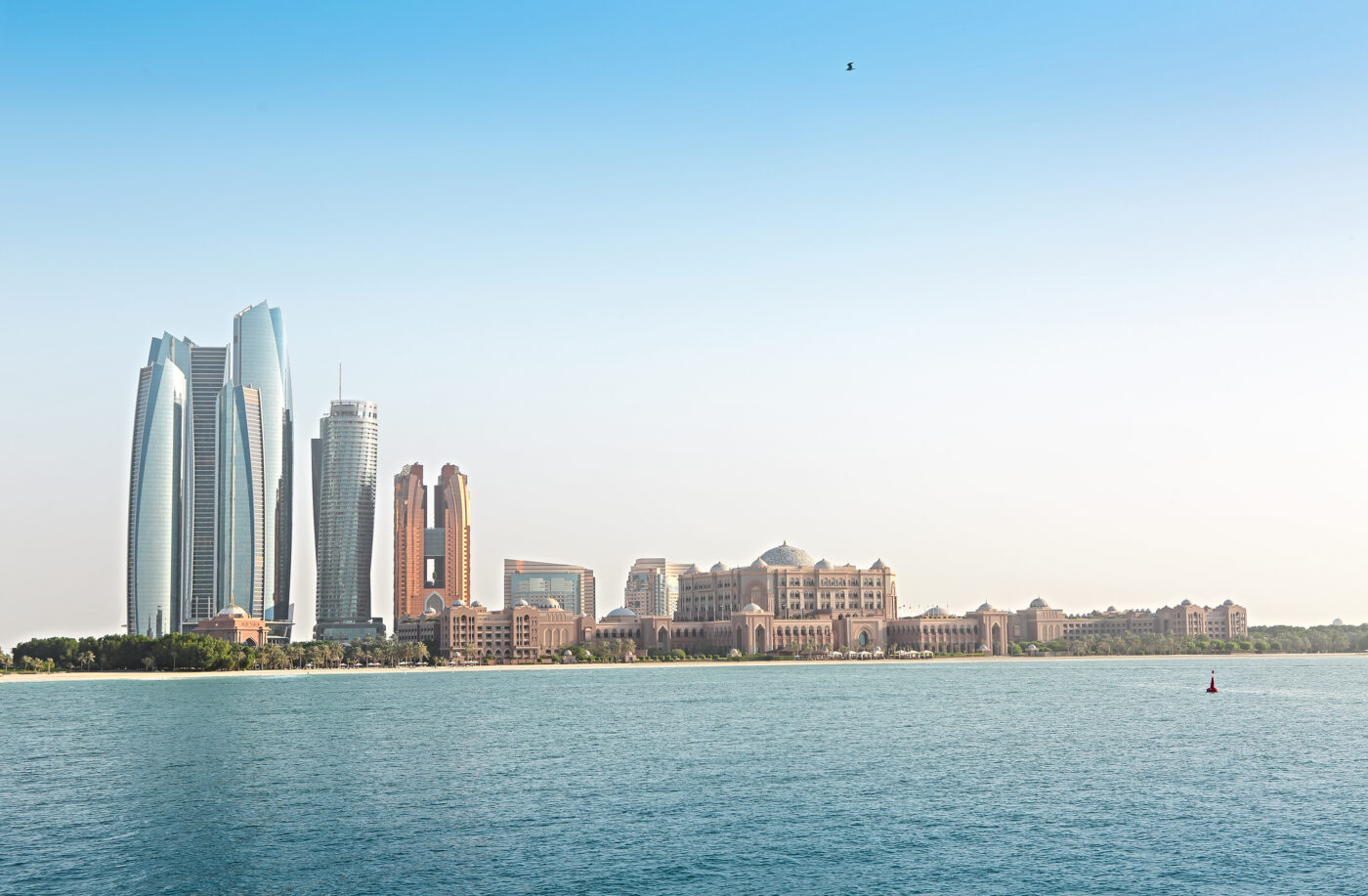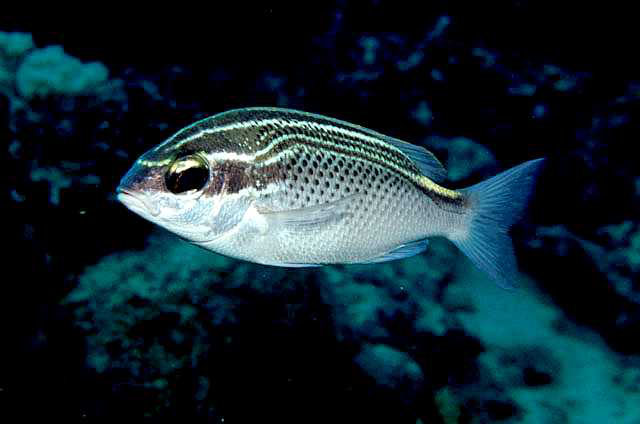Monday August 26, 2024

The numbers don’t lie: the oceans are getting hotter. Specifically, the top 2,300 feet (~700 meters) of the planet’s oceans has warmed by about 1.5˚F (0.83˚C) since 1901. Although scientists can track these rising temperatures, the impacts this will have on fish remain a hotly debated topic. Hotter water contains less oxygen, and leading theories suggest this will lead to evolutionary pressure causing fish to become smaller over time. However, many questions remain about how fish might adapt to the heat, and the famously hot coral reefs of the Persian/Arabian Gulf provide an opportunity to study these processes. Taking advantage of this natural laboratory, researchers from multiple universities recently conducted a study of two species that have adapted to the spicy temps in the Persian/Arabian Gulf over the last 6,000 years (Johansen et al. 2024). Their findings challenge the prevailing idea that low oxygen is the primary driver of small body size of fish in hot water, and suggest that these smaller fish may have an evolutionary advantage for a different reason.

To effectively protect species in the face of global climate change, scientists must be able to predict how changing temperatures will affect both individuals and populations. This is particularly important for ectothermic animals like fish, whose body temperatures are driven by the external environment. There is a common “rule” in the study of these cold-blooded creatures that suggests fish living in warmer temperatures grow faster as juveniles but do not reach the same adult size as fish living in colder environments. Ongoing observations in the wake of a changing global climate have supported this Temperature-Size rule, with the maximum size of many fish species dropping by as much as 29% over the last few decades due to warming oceans. From impacting fisheries yields to disrupting entire ecosystems, these changes carry worrying possibilities. However, to start developing solutions, scientists must first understand what precisely is causing these shifts. To this end, the authors of this study examined the metabolism and swimming performance of fish adapted to the jacuzzi-hot waters of the Persian/Arabian Gulf compared to their cousins from the milder reefs of the Gulf of Oman.

Blackspot snapper (Lutjanus ehrenbergii) and Arabian monocle bream (Scolopsis ghanam) were selected as the focal species for this study because of their abundance, as well as their distinct evolutionary lineages. Adults of each species from both habitats were housed in tanks with a range of temperatures going all the way up to those typical of the Persian/Arabian Gulf – 95.9˚F (35.5˚C), which is just 4˚F (2˚C) shy of the temperature of a hot tub. Like Olympic athletes, the fish were then subjected to a series of tests to assess their metabolic and swimming performance. Scientists measured key parameters such as oxygen uptake and swimming speed, and used mathematical formulas to calculate the energetics of the fish’s movements. Although the blackspot snapper from the Gulf of Oman performed similarly to those from the Persian/Arabian Gulf, the Gulf of Oman bream could not acclimate to the hotter water temperatures, and had significantly poorer swimming performance than their Persian/Arabian Gulf counterparts.

Surprisingly, larger body size in individuals from the Gulf of Oman did not seem to be correlated with decreased metabolic performance in hotter temperatures, challenging the prevailing theory that oxygen limitation has greater impacts on larger fish. Instead, these two species seem to have developed distinct pathways to facilitate their success in warmer waters. In the case of the bream from the Persian/Arabian Gulf, this took the form of lower-than-expected metabolic demands, whereas snapper from both habitats appeared to have a high thermal tolerance, allowing them to function normally even in hot conditions. This led the researchers to propose a new theory – that the shrinking of fish in hot oceans may not be driven by oxygen-limitation, but rather an imbalance between how much energy fish need to survive versus how much energy they are able to obtain from their environment.

Every adaptation carries pros and cons. The tradeoffs between the competitive advantage of being a bigger fish and the metabolic costs it incurs will be a topic of increasing interest as the planet continues to warm. The Temperature-Size Rule remains an unsolved puzzle for now, but the results of this study suggest that high thermal tolerances and rapid ability to adapt to changing temperatures may be two ways in which some species will persevere in the face of rising temperatures. Given that very few species have adapted to survival in the Persian/Arabian Gulf over the past six millenia, it may be the case that many species will not be able to cope with these future pressures. However, finding the evolutionary winners and understanding how they beat the heat will help aquatic researchers and conservationists set their sights on strategies for saving sea creatures of a warming world.
Header image: The skyline of Abu Dhabi along the Persian/Arabian Gulf. This region is home to the world’s hottest coral reefs.
This post was featured in our weekly e-newsletter, the Fish Report. You can subscribe to the Fish Report here.
